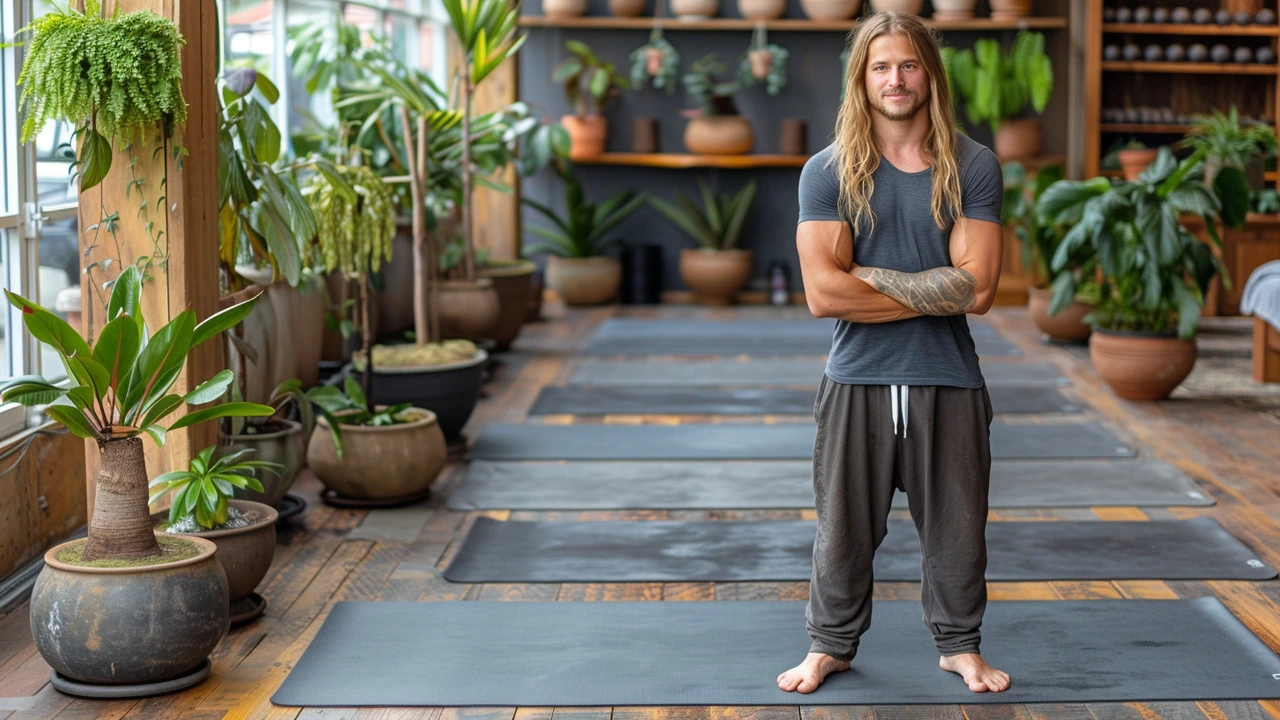Body Wellness: Practical Massage & Therapy Guides
This tag gathers clear, hands‑on guides to help you feel better fast. You’ll find honest articles on massage styles, hands‑on therapies, and recovery techniques. Read about hilot and Lomi Lomi for relaxed muscles and cultural context. Learn Hellerwork and Rolfing for posture and long‑term alignment. Try Feldenkrais ideas to move with less pain and better awareness. Use acupressure tips to ease headaches and tight shoulders without equipment.
Many pieces focus on pain relief: trigger point work for stubborn knots, Ortho‑Bionomy for gentle corrections, and palliative approaches when comfort matters most. If you want sensory or spa options, check warm stone and stone therapy articles. For beauty with benefits, the snail facial massage write‑up explains what works and what’s hype. If you prefer steam and ritual, the hammam guide shows how to prepare and get real benefits.
Quick self-care moves
Start with a 60‑second neck release: sit tall, tuck your chin slightly, tilt your ear to one shoulder and hold gentle pressure for 20 seconds. Repeat on the other side. For a shoulder trigger point, press a firm thumb into a tight knot while breathing slowly for 15 to 30 seconds; release and repeat twice. Try a simple acupressure point for headaches: press the web between thumb and index finger for 30 seconds while breathing deeply. These moves don’t replace therapy but reduce tension between sessions.
How to pick the right therapy
Check credentials and ask about training specific to your condition. If you have scoliosis or chronic structural issues, look for a Rolfer or Hellerwork practitioner. For gentle, pain‑sensitive care, Ortho‑Bionomy and Feldenkrais are smart starts. If your goal is relaxation and muscle warmth, pick warm stone, Lomi Lomi, or a practiced Amma therapist. Read reviews that mention real outcomes, not just “felt great.” Ask about session length, pressure, and post‑session care.
Practical booking tips and safety: Book a short session first if you’re uncertain. Tell the therapist about surgeries, implants, or recent injuries. If a technique causes sharp pain, stop and tell your therapist—good therapists adjust pressure or switch methods. Hydrate after deep tissue or heat treatments, and schedule gentle movement the day after to keep gains.
What to expect from a session: most sessions start with a quick intake where the therapist asks about pain, meds, and goals. Sessions run 30 to 90 minutes; shorter for focused work, longer for full‑body or integration therapies. You might feel soreness for a day after deep work, which easing with heat, rest, and light walks helps. Keep a short journal of pain levels and mobility after two or three sessions—this shows whether a therapy is helping. Combine hands‑on work with simple daily stretches the therapist recommends.
Explore this tag to compare approaches by goal: pain relief, relaxation, posture, or beauty. Use the short guides here to try safe self‑care and to ask smarter questions when you book. Find articles on recovery timelines, real‑life tips, and which therapies work best for specific problems.

Revitalize Your Body with Cross Fibre Release for Optimal Wellness
Discover the rejuvenating benefits of Cross Fibre Release, a unique muscle therapy technique aimed at improving body wellness and relieving pain. This article dives into the basics, techniques, and advantages of Cross Fibre Release, along with practical tips for incorporating it into your wellness routine. By the end, you'll have a comprehensive understanding of how this method can enhance your physical health and overall well-being.

Hellerwork: A New Era of Body Wellness
As a health and wellness enthusiast, I recently started exploring Hellerwork—a holistic therapy that has noticeably transformed my well-being. This article provides an in-depth dive into the world of Hellerwork, revealing how it opens a new era of body wellness. From personal experiences to detailed explanations of the techniques and their benefits, this post gives a comprehensive insight into what to expect when you decide to step into the world of Hellerwork. Stay tuned, and let's explore together this journey towards better health.
Categories
- Health and Wellness (148)
- Alternative Therapies (86)
- Massage Therapy (40)
- Travel and Culture (15)
- Beauty and Skincare (9)
- Holistic Health (8)
- Health and Fitness (5)
- Spirituality (5)
- Other (2)
- Personal Development (2)
Popular Articles

Embrace the Power of Breema for Healthy Living
Sep, 2 2023


